Geology of Rocks: Treasures From the Beach and Where They Come From
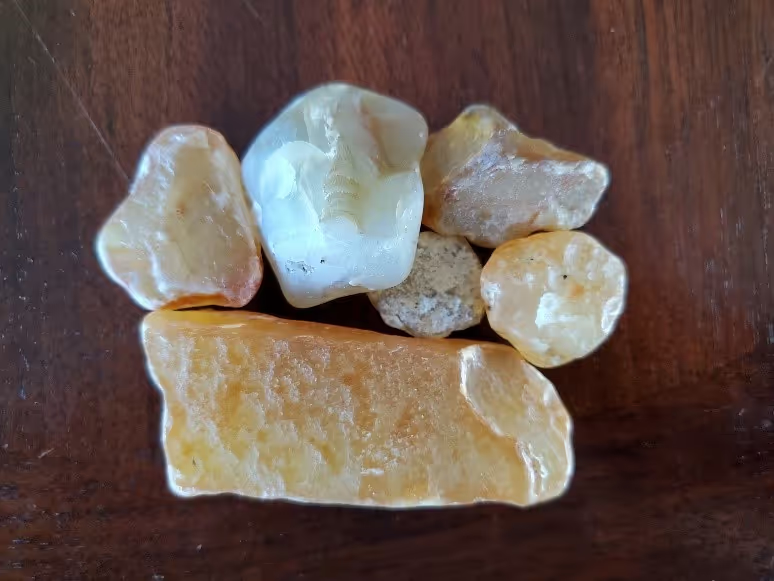

We enjoy our rocks as we walk along the beaches, pick them up to look at them and often wonder what they are and where they come from.
They come washing down from the mountains, travel through the rivers and streams, out to the ocean where they tumble around and work their way to the shore. But just what are they?
Relatively cool temperatures of water or atmosphere form igneous rocks when magna that cools and solidifies at or near the earth’s surface.

form in igneous, metamorphic rocks, and are usually found as small masses inside the cavities of these rocks. What’s important is that agates don’t form at the same time as the rock – they form inside (or sometimes on) the rock long after the rock has formed. We recognize them because they are transparent. Agates come in a range of colors. They can be brown, red, lilac, pink, yellow, black, gray and white.
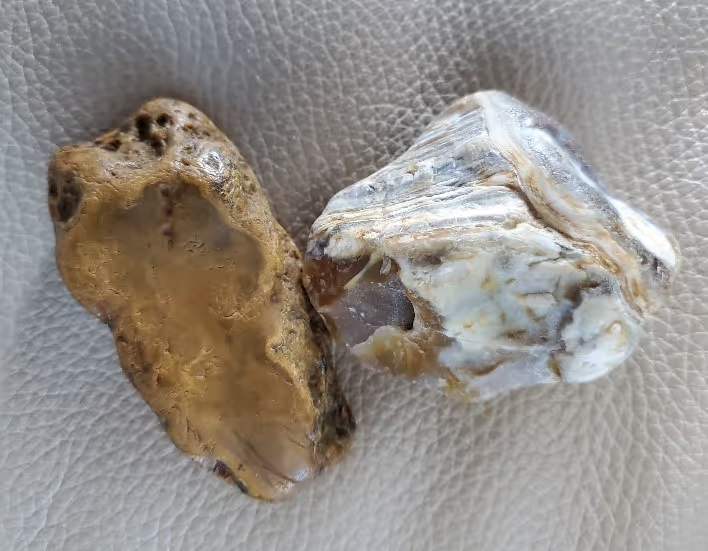
Jasper, an igneous rock, is often found on the beach or in riverbeds near ancient volcanic activity and often occurs in larger formations than agate. Jasper has deep colors and opacity, making them different from agate. It is found in all sorts of colors, ranging from red, pink, green, yellow, gray, white, blue and many more, the color stemming from the mineral content of the original sediments or ash. Patterns arise during the consolidation process forming flow and depositional patterns in the original silica-rich sediment or volcanic ash.
Sedimentary rocks form from pieces of rock that are loosened by weathering. Erosion moves them to a deep depression where they are trapped, becoming compacted and forming. Others might be formed by chemical precipitation. Some of the minerals are washed away and eventually redeposited when the water evaporates. A third will form from once living organisms such as accumulated carbon rich plant material or animal shells.

Coal often washes up on our beaches. Does it come from the long-ago shipwrecks off the Washington coast? Possibly the Bark Ferndale that came aground north of Grays Harbor in March of 1882? Possible, but we’ll never know. Coal is a black or brownish sedimentary rock, formed in coal seams. Coal is formed over millions of years when the dead plant matter decays into peat and is converted to coal by heat and pressure.
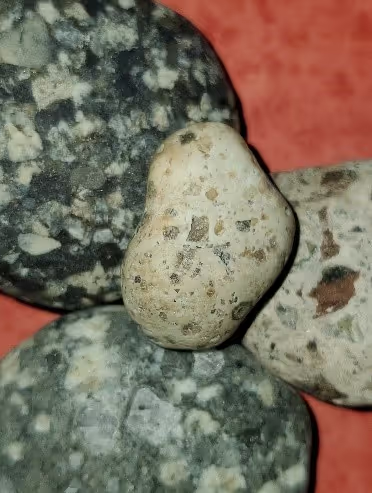
Breccia is a sedimentary rock composed of broken fragments of minerals or rocks cemented together by a fine-grained matrix that can be similar to or different from the composition of the fragments. Fault breccia comes from the grinding action of two fault blocks as they slide past each other.
Think of the caterpillar changing into a butterfly. Although we think of a rock as a constant, hard substance, they can change into some new type of rock. These rocks are called metamorphic rocks. As we’ve already seen, the sedimentary and igneous rocks started as something else. A metamorphic rock, on the other hand began as a rock, either sedimentary, igneous or another metamorphic rock. To make this change, deep in the earth crust, the existing rock must be exposed to high heat, high pressure or to a hot mineral rich fluid.
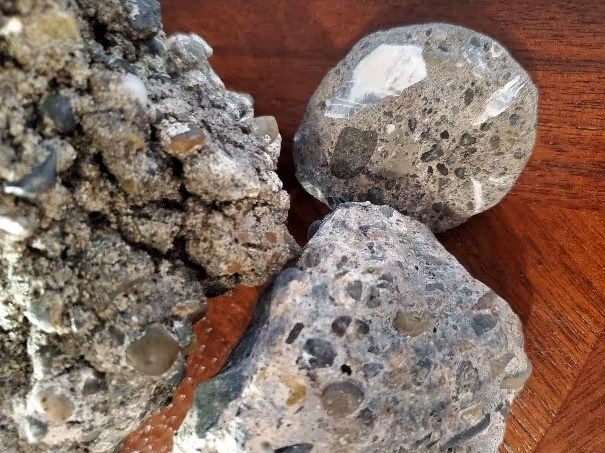
Conglomerate looks like a chunk of cement that landed on the beach. But look closer - it is a sedimentary rock made from rock particles that became weathered and rounded while traveling to the same location, where they were eventually cemented together with a binding mineral such as silica, calcite or iron oxide. The rounded rock particles (pebbles) in conglomerate are greater than two millimeters in diameter and spaces between the pebbles are generally filled with smaller particles and debris from the area where the rock was formed. The conglomerate found on our beaches has been washed out of the rivers and tidal areas and then back onto the beaches. Conglomerate from the ocean or tidal areas can often have pieces of seashells embedded with the pebbles as part of its composition.
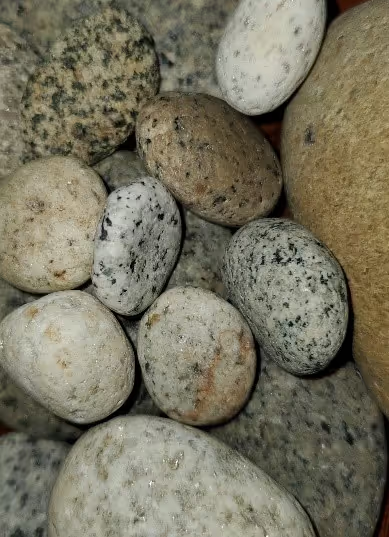
Granite is an igneous rock that forms when magma cools relatively slowly underground. It is usually composed primarily of the minerals. When granite is subjected to intense heat and pressure, it changes into a metamorphic rock which almost always shows banded characteristics, darker and lighter layers.
Due to the geologic uplift and erosion of the earth, the metamorphic rocks are exposed to the weather on the surface which may break them down into sediment which might then compress and form sedimentary rocks.
1 National Park Service
© Jean Lingg, October 2021
Touch whale bones, examine shipwreck artifacts and connect with the coast's living history.

Support our mission, get involved in educational programs, or contribute through donations and volunteering.